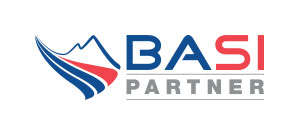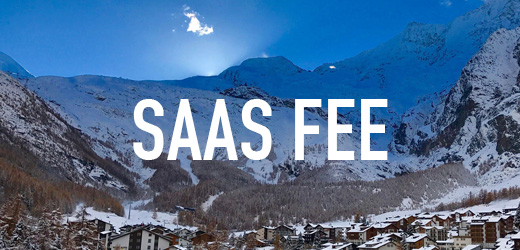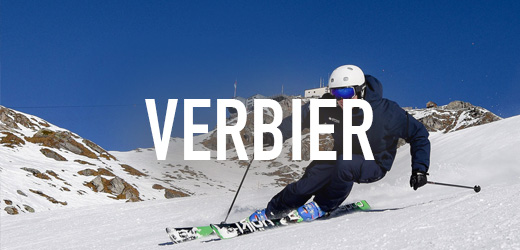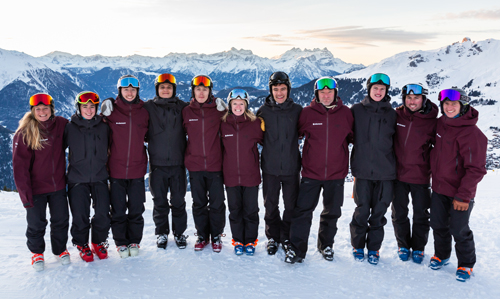EQUIPMENT ADVICE: SKIS 2019 – 2020
“WHICH SKIS SHOULD I USE FOR MY INSTRUCTOR TRAINING COURSE AND BASI EXAMS?”
This is definitely one of the most frequently asked questions we hear…
And in a world of endless choices it’s important to try and keep it simple and narrow down a few great options.
So, one of our coaches, Will, went along to the GB ski test this winter in Italy to try out all of the latest equipment lined up for next winter has written this great blog on which skis would be best for your course.
Not only did he get the chance to extensively test hundreds of skis, he also had the opportunity to chat to many of the brands and designers who produce them!
WHAT’S THE BENEFIT?
Many people ask us which ski they need for a Peak Leaders course, but you might also be wondering “why does it matter which skis I use”?
Well, as with any sport, it is incredibly important you have the right tools for the job. There are literally thousands of different skis available nowadays, however they are not all designed to perform in quite the same way.
People often arrive on courses with inappropriate kit and it doesn’t do them any favours when it comes to improving their skiing and meeting the technical exam criteria.
On your instructor course you will need to perform demonstrations of piste performance turns (such as carving) in order to pass your exams. Therefore it’s essential you have the correct equipment which will help you to reach the criteria for this type of skiing.
As such, choosing the right set of skis can be a bit of minefield…. Hopefully this blog can simplify it a little for you.
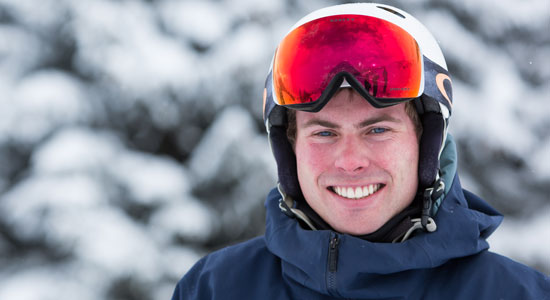
OUR SIMPLE CHECK LIST:
Here is our simple guide to choosing the best ski for you and your Peak Leaders course:
- Choose a piste performance ski
- Avoid race skis – especially with a race plate (they will simply be too stiff to be versatile enough)
- Avoid an off-piste ski (they will be too wide for piste skiing)
- Avoid twin tips (they are usually too soft and often too wide as well)
- Some narrower ‘all mountain’ skis can be ok – check with us if you’re not sure
- Aim to have a radius between 14m – 16m
- The width under foot ideally between 70 – 80mm
- The length of the ski for piste performance should be 160cm – 175cm depending on your height
Here are some recommendations of specific skis which Will has personally tested with Peak Leaders training and the exams in mind …
Dynaster Speedzone 10 / Dynastar Speedzone 12
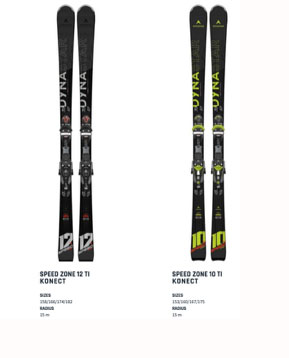
In my opinion this ski is perfectly suited to this course and the BASI exams all the way up to level 3. I always found myself coming back to this when trying out other similar skis from other brands. It always seemed to provide grip easily, without being too full on like some performance piste skis can be.
There is the option of the Speedzone 10 which is the slightly tuned down, easier going (and cheaper) option, or the Speedzone 12 which offers a little more performance and support for the heavier/stronger skier.
This is a ski we have had many previous trainees use, and have success with!
Head Supershape iMagnum / Superhape iRally
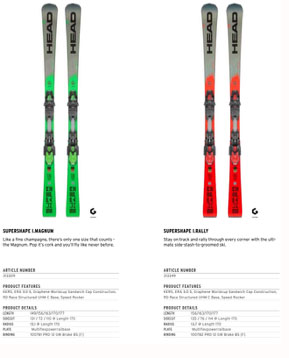
Another popular ski used on our courses, it offers a really nice blend of performance and ease, with a really forgiving feel.
This is another favourite of mine from the ski test, the Supershape range has something for everyone, with four options on the width of the ski.
My suggestion is to go for either the iMagnum which is a pure piste machine, or the iRally which is a little wider and is therefore a little more of an allrounder.
It is a litter shorter in the turn radius and will feel more ‘snappy’ than others, so you have to be a little more progressive to keep it smooth.
Salomon S/Max 8/10/12
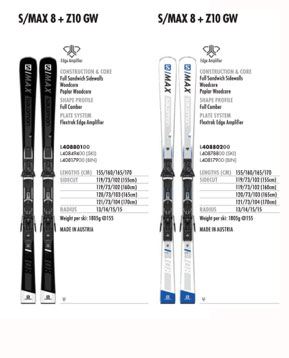
This is an awesome ski that really surprised me on the ski test, I previously haven’t had a very good opinion of Salomon skis so it was a really nice surprise when I clicked into these and took them for a few runs.
The dimensions perfectly suit what we look for in piste skis for instructor courses, plus there is an option to move up to the S/Max 10 or 12 for the heavier/stronger skier.
Rossignol R8
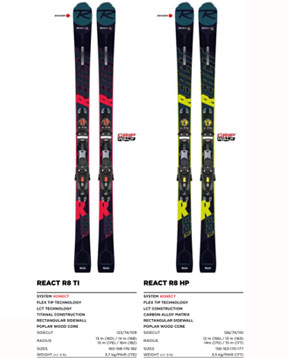
This is the Rossignol version of all the skis already mentioned, it is a really good option for the instructor courses and felt really nice when I tried it at the ski test.
As with some of the other brands, there is a higher spec ‘TI’ option which will feel firmer and more responsive, but will set you back a little more dollar.
Of course, this isn’t an exhaustive list of all the skis that can be used on our instructor courses, purely a few recommendations to try to narrow down the options for you and give you some examples – there are lots of other great options out there too.
The final thing to consider about skis is the correct length for a course. Generally we suggest anything from chin height up to head height.
If you are short we suggest a minimum length of 160cm and if you are tall we suggest a maximum of 175cm.
A slightly longer ski will be more supportive for faster skiing and carve turns but remember to not go too high with the radius! A slightly shorter ski may feel easier for slower skiing and low performance demos.
As long as you use these guidelines for skis you’ll be ready for action when your course starts.
If you have any questions or if you’re not sure whether your current skis are up to the job, just get in touch and we’d be very happy to answer your questions and give you our advice.

